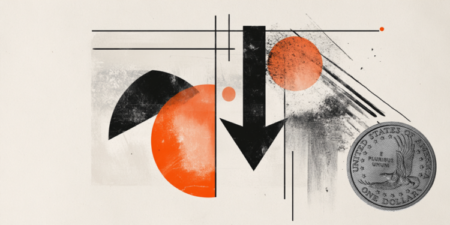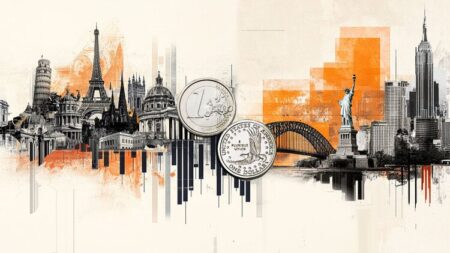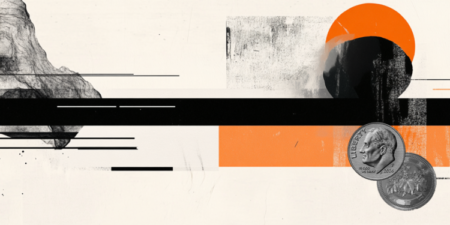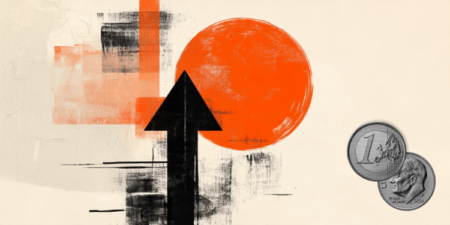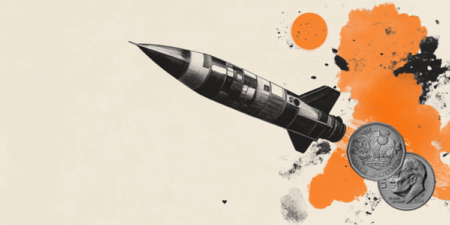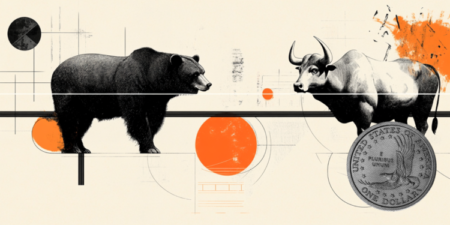- USD/JPY slides to near 149.00 as the Japanese Yen strengthens due to multiple tailwinds.
- Investors expect Trump’s tariffs could weigh on the US economic outlook.
- The BoJ is expected to raise interest rates in the May policy meeting.
The USD/JPY pair falls sharply to near 149.00 during North American trading hours on Tuesday. The pair faces intense selling pressure as the Japanese Yen (JPY) outperforms, given its safe-haven status, while investors bracing for the release of a detailed reciprocal tariff plan by United States (US) President Donald Trump on Wednesday.
Japanese Yen PRICE Today
The table below shows the percentage change of Japanese Yen (JPY) against listed major currencies today. Japanese Yen was the strongest against the British Pound.
| USD | EUR | GBP | JPY | CAD | AUD | NZD | CHF | |
|---|---|---|---|---|---|---|---|---|
| USD | 0.03% | 0.05% | -0.45% | -0.15% | -0.36% | -0.35% | -0.22% | |
| EUR | -0.03% | -0.03% | -0.50% | -0.23% | -0.44% | -0.41% | -0.29% | |
| GBP | -0.05% | 0.03% | -0.50% | -0.21% | -0.42% | -0.41% | -0.28% | |
| JPY | 0.45% | 0.50% | 0.50% | 0.30% | 0.09% | 0.08% | 0.24% | |
| CAD | 0.15% | 0.23% | 0.21% | -0.30% | -0.21% | -0.20% | -0.07% | |
| AUD | 0.36% | 0.44% | 0.42% | -0.09% | 0.21% | 0.01% | 0.14% | |
| NZD | 0.35% | 0.41% | 0.41% | -0.08% | 0.20% | -0.01% | 0.13% | |
| CHF | 0.22% | 0.29% | 0.28% | -0.24% | 0.07% | -0.14% | -0.13% |
The heat map shows percentage changes of major currencies against each other. The base currency is picked from the left column, while the quote currency is picked from the top row. For example, if you pick the Japanese Yen from the left column and move along the horizontal line to the US Dollar, the percentage change displayed in the box will represent JPY (base)/USD (quote).
Though the US Dollar (USD) also carries a safe-haven status, it struggles to attract bids as investors expect Trump’s tariffs will prompt economic risks in the US economy. It will be US importers who will bear the burden of higher tariffs and will pass on to consumers. Such a scenario will significantly diminish the purchasing power of households.
According to the Washington Post, the White House aides have drafted a proposal to impose 20% tariffs on most imports to the US.
The strength in the Japanese Yen is also driven by growing expectations that the Bank of Japan (BoJ) will raise interest rates in the May policy meeting. With inflation remaining above 2% due to strong consumption and wage growth, the BoJ could deliver a 25 basis-point hike in May, analysts at ING said.
Meanwhile, the weak US ISM Manufacturing Purchasing Managers Index (PMI) for March and soft JOLTS Job Openings data for February have also exerted some pressure on the US Dollar. The ISM Manufacturing PMI came in lower at 49.0 against estimates of 49.5 and February’s reading of 50.3. A figure below 50.0 suggests that the manufacturing sector activity contracted.
US employers posted 7.57 million jobs in February, slightly lower than the expectations of 7.63 million and the prior release of 7.76 million.
US Dollar FAQs
The US Dollar (USD) is the official currency of the United States of America, and the ‘de facto’ currency of a significant number of other countries where it is found in circulation alongside local notes. It is the most heavily traded currency in the world, accounting for over 88% of all global foreign exchange turnover, or an average of $6.6 trillion in transactions per day, according to data from 2022. Following the second world war, the USD took over from the British Pound as the world’s reserve currency. For most of its history, the US Dollar was backed by Gold, until the Bretton Woods Agreement in 1971 when the Gold Standard went away.
The most important single factor impacting on the value of the US Dollar is monetary policy, which is shaped by the Federal Reserve (Fed). The Fed has two mandates: to achieve price stability (control inflation) and foster full employment. Its primary tool to achieve these two goals is by adjusting interest rates. When prices are rising too quickly and inflation is above the Fed’s 2% target, the Fed will raise rates, which helps the USD value. When inflation falls below 2% or the Unemployment Rate is too high, the Fed may lower interest rates, which weighs on the Greenback.
In extreme situations, the Federal Reserve can also print more Dollars and enact quantitative easing (QE). QE is the process by which the Fed substantially increases the flow of credit in a stuck financial system. It is a non-standard policy measure used when credit has dried up because banks will not lend to each other (out of the fear of counterparty default). It is a last resort when simply lowering interest rates is unlikely to achieve the necessary result. It was the Fed’s weapon of choice to combat the credit crunch that occurred during the Great Financial Crisis in 2008. It involves the Fed printing more Dollars and using them to buy US government bonds predominantly from financial institutions. QE usually leads to a weaker US Dollar.
Quantitative tightening (QT) is the reverse process whereby the Federal Reserve stops buying bonds from financial institutions and does not reinvest the principal from the bonds it holds maturing in new purchases. It is usually positive for the US Dollar.
Read the full article here








